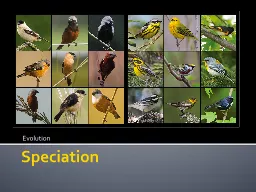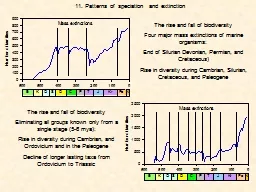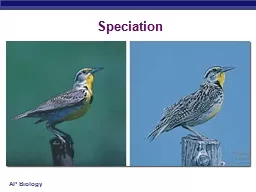PPT-Year 10 Lesson 9 – sympatric speciation
Author : byrne | Published Date : 2023-10-27
Science Lesson 8 challenge answer Investigate and make note of other species that have evolved due to parapatric speciation Typically seen in species of fish
Presentation Embed Code
Download Presentation
Download Presentation The PPT/PDF document "Year 10 Lesson 9 – sympatric speciatio..." is the property of its rightful owner. Permission is granted to download and print the materials on this website for personal, non-commercial use only, and to display it on your personal computer provided you do not modify the materials and that you retain all copyright notices contained in the materials. By downloading content from our website, you accept the terms of this agreement.
Year 10 Lesson 9 – sympatric speciation: Transcript
Download Rules Of Document
"Year 10 Lesson 9 – sympatric speciation"The content belongs to its owner. You may download and print it for personal use, without modification, and keep all copyright notices. By downloading, you agree to these terms.
Related Documents














